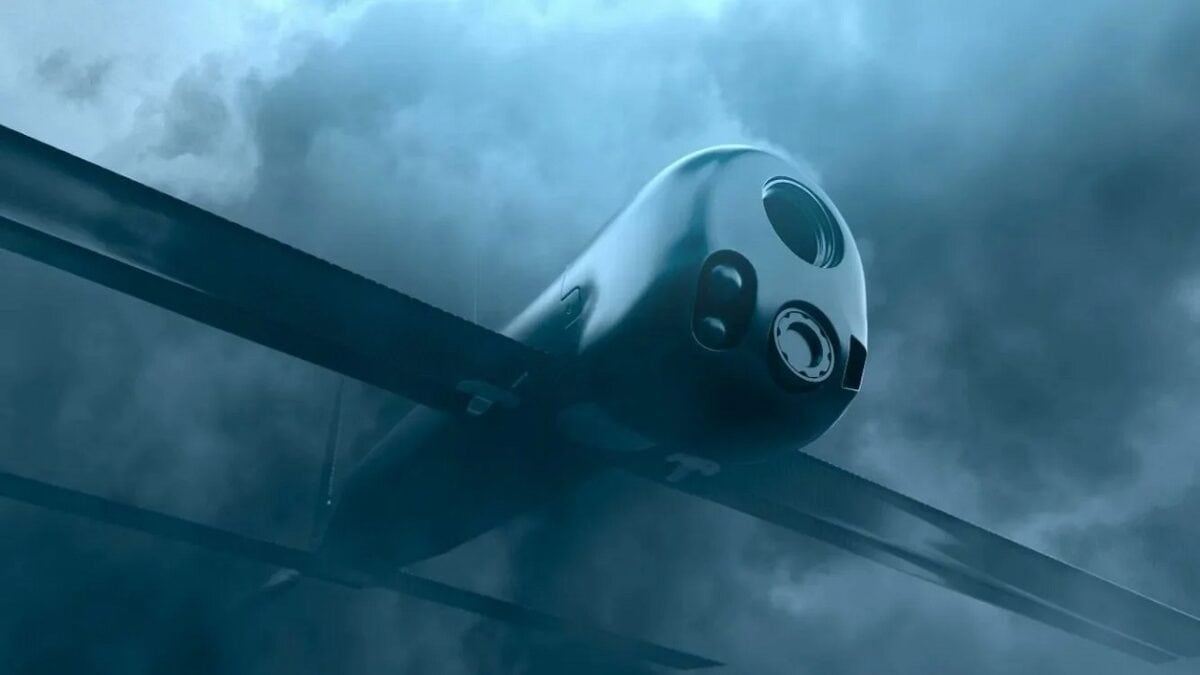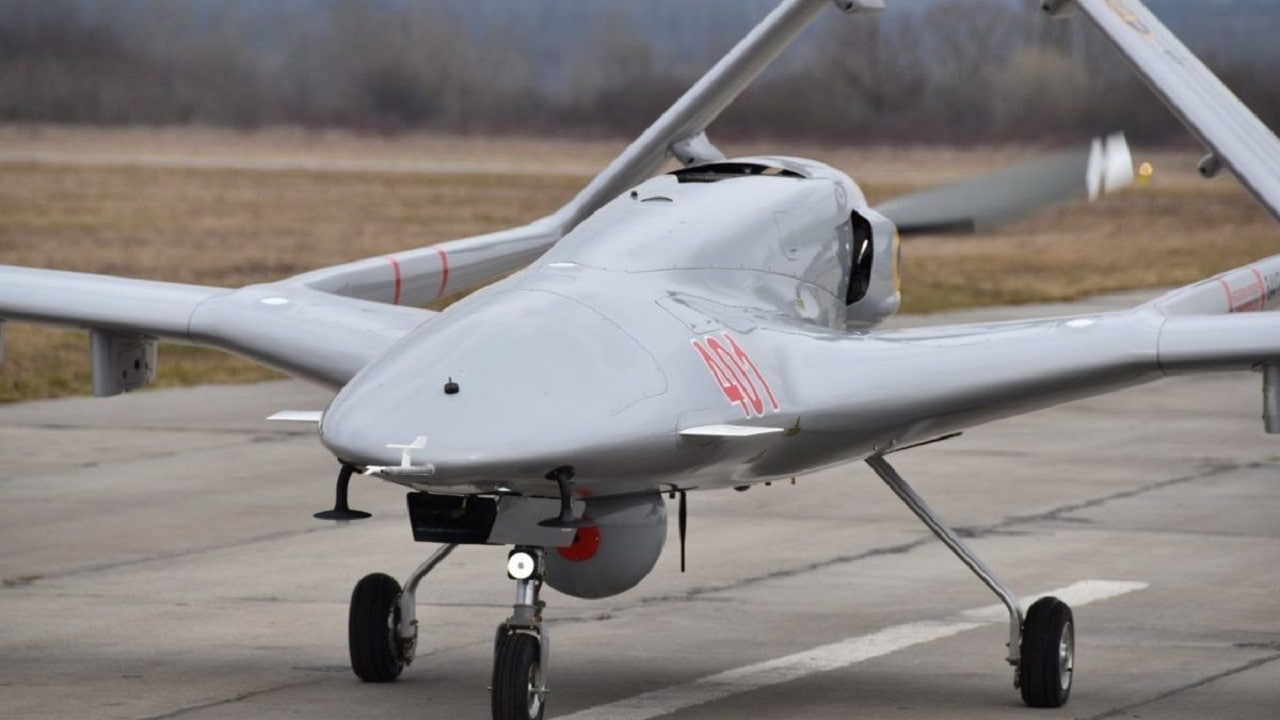Readers probably know that the Ukrainians are using Bayraktar TB2 drones to great effect against Russian tanks and armored vehicles. The TB2’s missiles are deadly, and that is plain to see.
Now the Turkish-made drone has taken on a role at sea.
An Assault on the Raptor
The Ukrainians released a video on May 2 that shows an explosion engulfing a Russian naval vessel. That ship’s destruction was the work of a TB2. That’s not all: As 1945 has reported, the TB2 might also have helped mortally wound the Russian flagship Moskva on April 14. Put this all together, and we can see that Ukrainian drones have opened a new, maritime front in the war against Russia.
The Ukrainian military’s general staff reported that TB2 combat drones actually blew up two Russian fast-attack patrol ships on May 2. The attack took place near Snake Island in the Black Sea. According to Ukrainian Chief of General Staff Valeriy Zaluzhniy, the targets were Raptor-class assault boats, which are capable of carrying out search-and-rescue, anti-sabotage, and anti-terrorism operations.
Snake Island is located 30 miles off the southern coast of Ukraine, near Romania, in the northwest area of the Black Sea. The Ukrainian military command in charge of the south said the Raptor boats were trying to evacuate Russian troops and resupply them for return missions to the coast. Evacuation and resupply would be desperate missions for the Russians, as the Raptor can only carry 20 people and a crew of three.
Naval Inadequacy
Russian President Vladimir Putin has to be frustrated by his navy’s performance. The Russians were supposed to completely blockade the Ukrainians and perhaps overwhelm the strategic port of Odessa with an amphibious attack. None of this has happened.
Neptune anti-ship missiles sank the Moskva, one of the Russian fleet’s crown jewels. Now, TB2 drones have proven their effectiveness against the Raptor class. These boats are small, but their sinking gives the Ukrainians another propaganda win.
The TB2 Has Become Crucial
Knowing how important the TB2 is to the outcome of the war, Russia has tried to strike back. The invaders claim they have shot down at least six TB2s, which would be 20 percent of Ukraine’s fleet. But the drone is still a star player for the Ukrainians, who probably plan to buy more of them from the Turks.
The TB2 is made by Baykar Technologies in Istanbul, Turkey. The drone has a maximum speed of 137 miles per hour, with a 331-pound payload and an impressive altitude of up to 25,000 feet. It can loiter for as long as 27 hours.
The combat aerial vehicle deploys laser-guided MAM-L lightweight Smart Micro Munitions. These munitions weigh 49 pounds and have a maximum range of nine miles.
Why Isn’t Russia Winning the Drone Fight?
Russia was supposed to dominate drone warfare against Ukraine. The Russians did not foresee the power of the TB2’s missiles. They also failed to calculate the impact of countries such as the United States supplying Ukraine with Switchblade suicide drones and Phoenix Ghost loitering munitions.

Switchblade Drone. Image Credit: Industry Handout.
The migration of the TB2 to the maritime combat environment is a significant development. The Russian navy is probably not equipped to spot smaller aircraft like the TB2. The Russians will have to adjust anti-aircraft sensors to allow their ships to better intercept drones.
Once again, the Ukrainians are taking the initiative and putting their foes on the defensive. They are taking away the Russians’ ability to complete their offensive goals in the Black Sea.
Now serving as 1945’s Defense and National Security Editor, Brent M. Eastwood, PhD, is the author of Humans, Machines, and Data: Future Trends in Warfare. He is an Emerging Threats expert and former U.S. Army Infantry officer. You can follow him on Twitter @BMEastwood.

